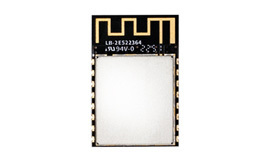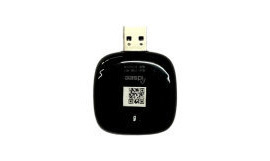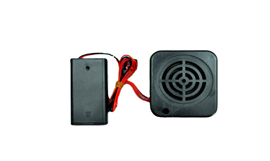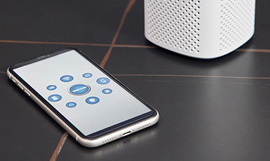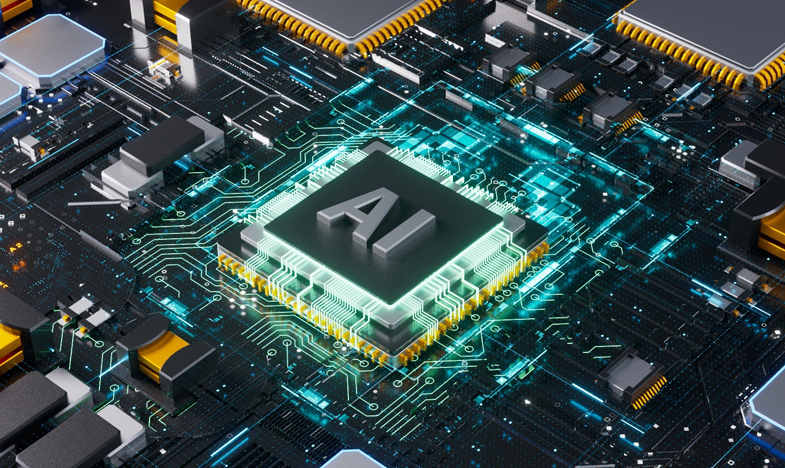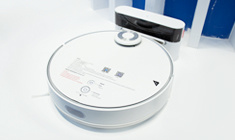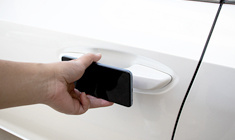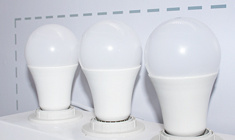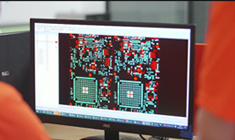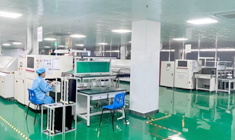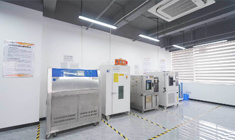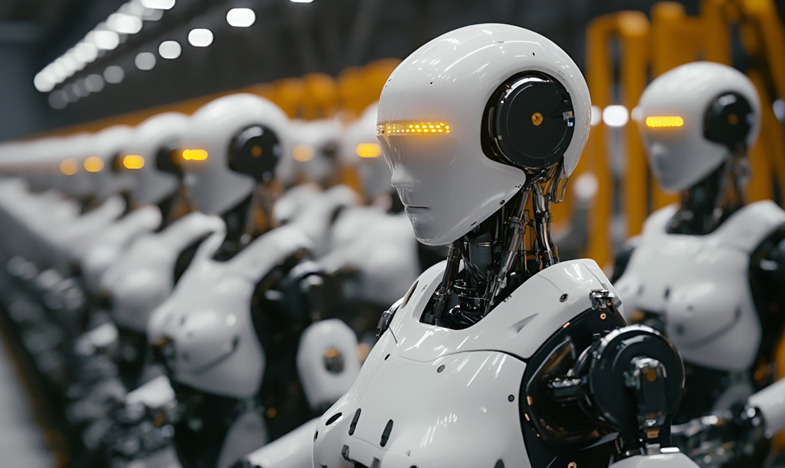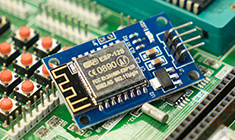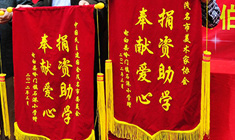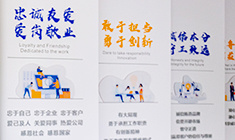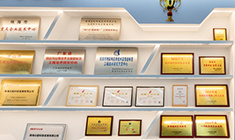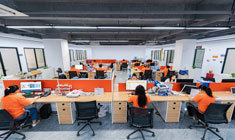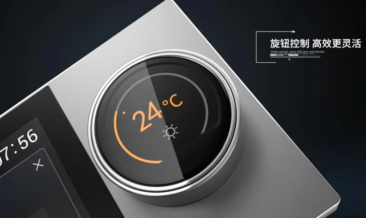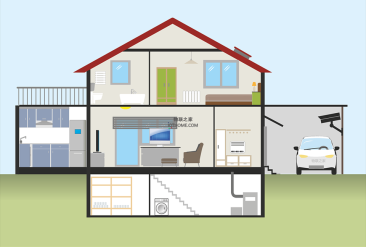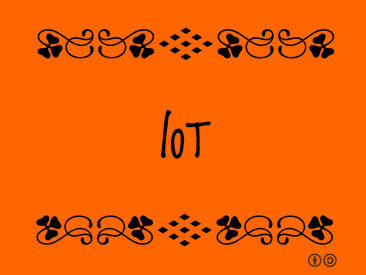
The battery-free Internet of Things
Release Time:
2021-06-25
Internet of Things (IoT), with the help of sensors and software, connects physical objects to the Internet to collect, analyze, calculate and transmit information, so as to increase the operation function of physical objects.There are more and more of these "things" that can be conne
Internet of Things (IoT), with the help of sensors and software, connects physical objects to the Internet to collect, analyze, calculate and transmit information, so as to increase the operation function of physical objects.
There are more and more of these "things" that can be connected from industry to life. IBM first estimated that there will be one trillion objects connected in 2015, and the latest specific estimate is that there will be 22 billion objects connected in 2018. In recent years, the software and hardware multi-design connectivity function is estimated to increase to 38 billion objects in 2025, and grow to 50 billion objects connected in 2030.
The number increases, the problem becomes more and more prominent, because more and more wireless network objects, the energy used is battery, battery life needs to be replaced manually, especially in industry, many sensors are subject to battery and reduced function, such as reducing data transmission to extend battery life, or by battery size or weight limit to reduce function, even if it is just important operation, battery suddenly weakened, Not to mention long-term use of batteries is harmful to health and environmental pollution.
In 2017, Kyoto ultra large collective circuit Conference, some people put forward industrial wireless network battery life of up to ten years of paper, it can be seen that some people foresee battery problems.
It seems that the problem of the Internet of Things is not in the "network", but in the "thing", that is, the energy of things. It is not the same thing to change the battery for small electrical appliances in life, but it is a big deal in industry. Sometimes the cost of replacement is greater than the battery. If a factory is connected to a large number of objects, it may be tiring to change the battery.
Some people use IBM's one trillion connected devices, one trillion batteries, to make an interesting analogy. Even if the battery has a ten-year life, 270 million batteries need to be replaced every day. If the battery life is not ten years, only two years, then everyone in the world has to go somewhere every five days to help change the battery.
Two MIT classmates, Ben Calhoun and Dave Wentzloff, now professors at the universities of Virginia and Michigan, respectively, and founders of Everactive, whose expertise is Ultra Low Power Circuits, The only way to scale up the Internet of Things is to use ultra-low power circuits and ultra-low power wireless networks instead of batteries.
This connection with the Internet, not only consumes little power, and can automatically obtain energy from the surrounding environment, such as indoor sunlight, thermal energy changes, radio waves, vibration, and so on, to become its own kinetic energy equipment.
This equipment is first used in the Steam Trap (Steam Trap) monitoring, although the steam is a long time technology, but the industry is still used in many places to produce energy, water removal device to eliminate condensate in the steam pipeline, so that the steam in the pipeline smooth operation, if the fault, not only waste energy, serious lead to shutdown, and even the risk of explosion. Some of these water remover buried deep underground, some installation of high-rise buildings, maintenance is very difficult.
Their ultra-low-power wireless network sensor attracted Armstrong, a company that makes water remover, to collaborate on the development of steam remover monitors for the Internet of Things. Just last year, a factory installed 1,200 Internet of Things remover monitors, saving the manufacturer $2.5 million in energy bills and 34,000 tons of CO2 emissions. That's 7,000 cars off the road for a year, preventing 60 million gallons (227 million liters) of water from being lost.
No battery, not only save trouble, but also let everyone happy thing, when RFID appears in a lot of cards, shake the door, the door will be opened, feeling into the advanced digital age.
Mobile phones have become another organ of our bodies, allowing us to become human beings of the future, but we have to put up with constant charging, not knowing whether the ultra-low power components can be put into the phone and still maintain basic operation when the power is low, of course, this is amateurism. But consumer electronics, especially connected wearable goods such as necklaces, earrings and watches, should be another market.
Nevertheless, the professors are now more concerned about the economic recovery after the pandemic, which has reduced the workforce and increased the need for real-time control of information that is not easily accessible in remote locations as new operations are reassessed.
"We believe that in the future, all environments and assets will be properly monitored, providing enough information for computing to make the world more efficient, safer and better," says Professor Calhoun. And we, at Everactive, want to be a part of that vision, and battery-free technology is moving in that direction.
Reprinted in the House of Things

Guangdong Joinet IOT Technology Co.,Ltd
Manufacturing Base:
Joinet Technology Park,No. 168 Tanlong North Road,Tanzhou Town,Zhongshan City,Guangdong Province,China
Pre Sales Hotline:19966308713 13823973022
Switchboard:0760-8663 0003 (transferred) 523
Pre Sales Email:sw@znaiot.com

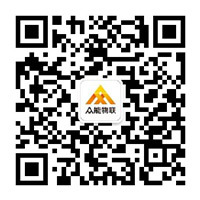
Contact Us:
Looking forward to your call anytime



